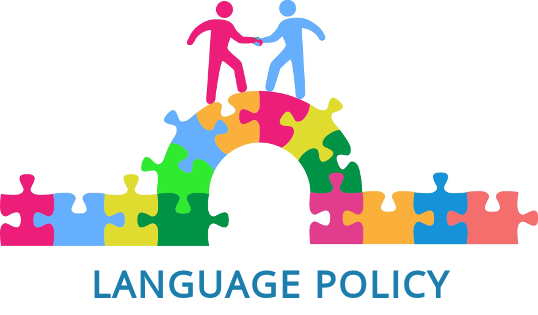Common European Framework of Reference for Languages: Learning, teaching, assessment (CEFR)
The Common European Framework of Reference for Languages: Learning, teaching, assessment (CEFR) is a key instrument for establishing a European educational space in the field of modern languages.
The result of over twenty years of research (during the 1980’s and 90’s), the Common European Framework of Reference for Languages: Learning, teaching, assessment is exactly what its title says: a framework of reference. It was designed to provide a transparent, coherent and comprehensive basis for the elaboration of language syllabuses and curriculum guidelines, the design of teaching and learning materials, and the assessment of foreign language proficiency. It is used in Europe but also in other continents and is available in 40 languages.
As a common framework of reference, the CEFR was primarily intended as a tool for reflection, communication and empowerment. Its main aim is to facilitate transparency and comparability in the provision of language education and qualifications.
The CEFR does not deal with any language in particular. It does not offer ready-made solutions but always has to be adapted to the needs of specific contexts. It has been applied to a wide range of contexts in addition to foreign languages, including sign language, the teaching and learning of Romani, and the language needs of adult migrants. In 2018, the Companion Volume with new descriptors has been published as a complement to the existing CEFR.
The dedicated CEFR website provides substantial resources for all categories of users. A few examples:
- Historical overview and context of the development of the CEFR;
- Synthesis of possible uses of the CEFR; the issue of national authorities’ responsibility
- Levels and descriptors of the CEFR
- Tools for curricula and for the use of the CEFR in the classroom
- Extended resources for tests and examinations (manuals, guides, illustrations, etc.), notably to enable test designers to relate their tests to the CEFR, which is the responsibility of language professionals and ultimately of educational authorities in member states.
For more information about the Common European Framework of Reference for Languages: Learning, teaching, assessment (CEFR) and resources of various kinds visit the dedicated website: www.coe.int/lang-CEFR



